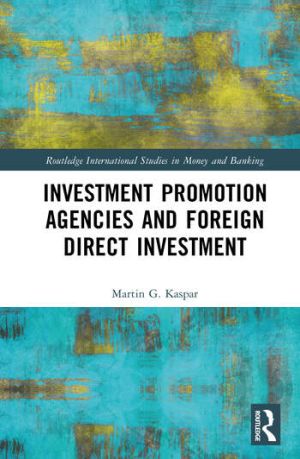
This book discusses the often-underestimated role of investment promotion agencies (IPAs) in attracting foreign direct investment (FDI).
Analysing the subject not only along theoretical lines and from the perspective of IPAs and governments, but also through the eyes of practitioners and corporate investors, it charts a more holistic picture of the FDI decision making process and its subsequent implementation. An in-depth analysis of national and regional IPA structures and investment promotion practises provides the reader with a broad understanding of state-of-the-art investment promotion. By adding the corporate managers’ perspective, the reader gets a first-hand impression of how widely known IPAs are in the corporate world, which IPA-services are sought after, and which are considered less useful. For corporate managers, FDI projects are complex and often risky, and to understand their expectations towards IPAs should further the current policy debate. Given the significant sums of money spent each year on FDI incentives, and given that the fortunes of nation states can be turned around on FDI – as Ireland and Singapore have conclusively demonstrated – a more grounded analysis of investment policies and promotion strategies is increasingly taking centre stage in policy debate.
The book fills a gap by providing operationally useful answers to corporate managers, and thereby also furthering our understanding of FDI decision making, which in turn allows governments to align their policy offerings. This book is therefore a useful resource for students and researchers of international economics and business and political economy, as well as policymakers, Investment Promotion officials and corporate managers engaged in FDI projects.